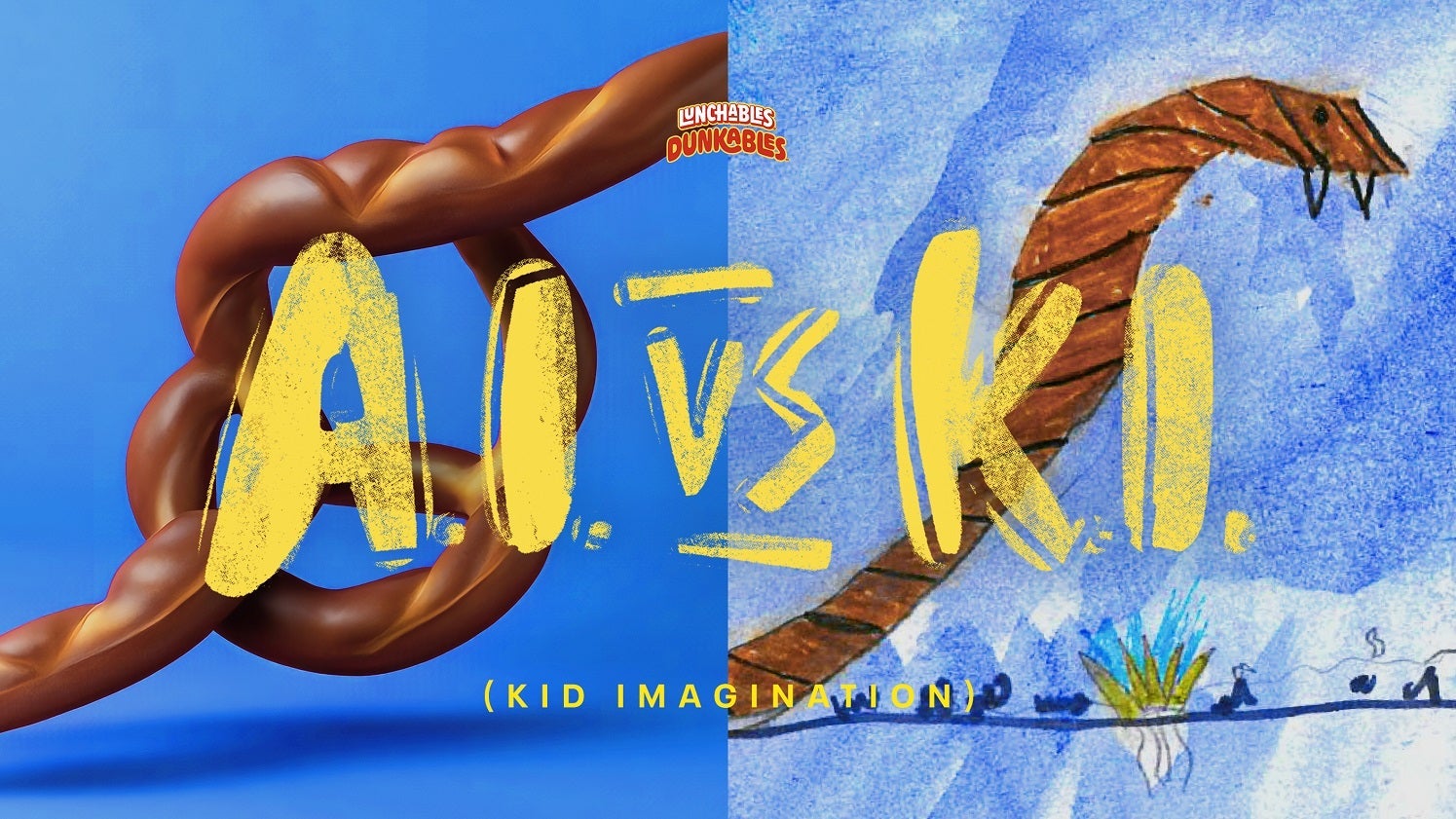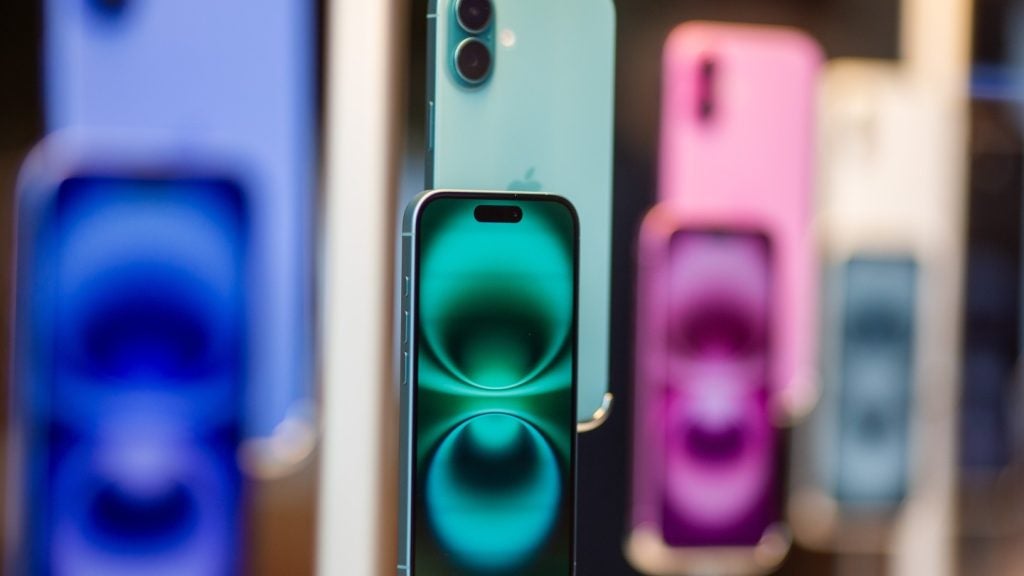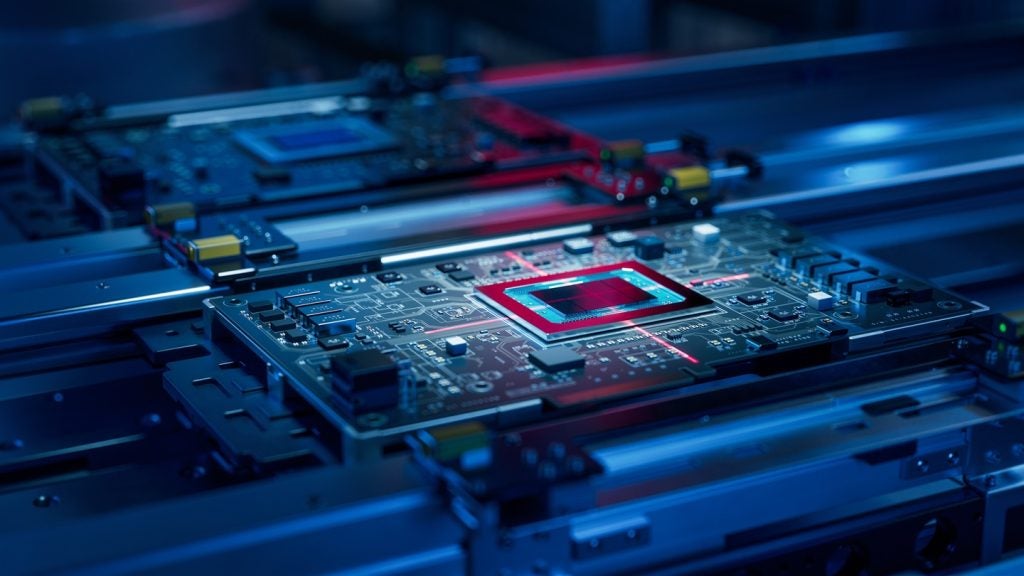
AI is already integrated into food supply chains across the world, but, as the technology becomes increasingly capable of human interaction, it’s becoming part of business’ marketing and communications strategies, too.
According to Hannah Cleland, a consumer analyst at GlobalData, Just Food’s parent, AI is set to disrupt four parts of the consumer journey: pre-purchase, product and purchase, functionality, and post-purchase. Considering marketing in the food sector specifically, Cleland believes “AI-powered marketing tools will transform both pre- and post-purchase marketing”.
She adds: “AI will personalise marketing campaigns based on consumer data and generative AI will generate marketing content automatically.”
There are several examples of early attempts to use AI to generate marketing content in the food sector. Kraft Heinz experimented with OpenAI’s software as far back as 2022, using various ketchup-related prompts to suggest that the term ‘ketchup’ was inextricably associated with the Heinz brand.
More recently, QSR giant KFC encouraged its Instagram followers to use Meta AI to generate an image with more than five fingers, linking the images to its ‘Finger Lickin’ Good’ slogan.
In July, Mondelēz International released a Gen-AI powered tool to celebrate 200 years of the Cadbury brand, which enabled users to feature in a classic Cadbury advert.
AI technology has been used to boost engagement with specific audiences, too. In March, Kraft Heinz’s Lunchables brand ran an “AI vs KI” campaign (defining KI as ‘kids’ imagination’), comparing AI-generated images with children’s ideas, to highlight the imaginative abilities of its primary audience.
Marketeers see benefits
Industry watchers believe AI will continue to develop as a creational tool and AI-generated content will become the norm for marketing professionals across the food industry. According to Optimizely’s 2024 research, 75% of UK marketeers already believe experimentation in AI is important for creating personalised content for audiences.
Optimizely’s Tested to Perfection report also identified some optimism from consumers, too, with more than half of respondents saying they were happy for retailers and brands to adopt AI if it improved their experience and made content more relevant to them.
The question of relevance and personalisation will continue to inform AI-related marketing projects, of which Unilever has over 500, a spokesperson tells Just Food. “Unilever is scaling up AI-powered tools to deliver immersive and hyper-personalised consumer experiences across the business.”
“How it works is that people scan ingredients in their fridge using the camera on their mobile phone, sharing either video or uploading pictures on the app. The tool then provides a relevant recipe recommendation that consumers can follow.”
They pointed to Hellmann’s Meal Reveal, which they described as “a new AI-enabled tool available in the UK designed to help households make the most out of the food already available in their fridge with great-tasting recipes”.
Danone has teamed up with Microsoft to use AI across its operations. The technology will be used in predictive forecasting and real-time adjustments, and the ‘Danone Microsoft AI Academy’ will look to train 100,000 of the French giant’s employees in AI-related skills.
“AI tools enable us to gain deeper insights into consumer needs and identify trends, allowing us to improve our product range and anticipate future trends,” a Danone spokesperson says. “For instance, sometimes we can partner with companies that developed social listening tools, analyse the vocabulary and images posted by internet users around food and nutrition, giving us a unique insight into consumer needs.
“This in turn allows us to identify consumer needs and translate them into recipes that deliver specific benefits to our consumers.”
The potential in personalisation
Personalisation is often held up by brands as the future of commerce. A report by Deloitte in June said that “brands that excel at personalisation are soaring past their revenue goals because their customers buy more, more often, and remain loyal over time”.
According to GlobalData’s Cleland, “wherever possible, the production and purchase of consumer goods will be fully personalised to the individual consumer by AI in the future”.
Before brand owners and marketeers reach that stage, some of the early work has centred on helping consumers with accessibility needs.
This year, Unilever struck up a partnership with accessibility app specialist Be My Eyes to introduce AI-assisted cooking for shoppers with blindness, low-vision or deaf-blindness.
The Unilever spokesperson said the move followed its work with computer vision specialists Zappar, which led to an “accessible” QR (AQR added to jars of Colman’s mustard and packs of Persil washing powder in the UK last year
Unilever, the spokesperson adds, has a “global connected pack strategy, which includes using new digital experiences and technology to evolve and differentiate the way shoppers interact with and use Unilever’s products”.
AI could offer opportunities for food brands to use marketing to establish better relationships with customers, as services become better suited to individual needs. This presents an opportunity in customer service operations more broadly, too: chatbots, assistants and review processes are already becoming AI touchpoints.
We’ll see more business areas trailing or incorporating AI into their workflows.
Tracey Pankhurst, Reputation
This is a point that Tracey Pankhurst, senior CX strategist at Reputation, makes when considering the company’s client, Tortilla, the UK fast-casual restaurant chain centred on Mexican foods.
“AI can be an incredibly versatile tool for brands and, as its adoption continues to grow, we’ll see more business areas trailing or incorporating AI into their workflows. A good example is the automation of the customer review process and leveraging real-time insights to quickly identify and resolve pain points,” Pankhurst says.

“Having a system in place that can pinpoint the best moments to ask for a review during the customer journey makes all the difference. In the case of UK-based fast-food chain Tortilla, this led to a 262% increase in overall review volume, and an improved star rating from 4.3 to 4.7.”
How might AI strategies develop?
For most brands, AI is already embedded throughout their operations and is firmly part of the long-term picture.
“AI has been part of Unilever’s technology ecosystem for more than a decade and underpins our digital transformation,” the Unilever spokesperson says. “In marketing, Unilever is already seeing the usage of tools show significant productivity gains including the reduced time spent on the creation of creative briefs and digital assets as well as the development of marketing campaigns.”
The company recently ran an AI-powered visitor experience for its Magnum ice-cream brand, dubbed ‘Pleasure Express: Beyond Worlds’ to mark the launch of three flavours. Visitors were able to shape AI artwork through a personalised test, with the results themed around the new pink lemonade, golden toffee and blueberry cookie products.
However, there are limits to AI, and questions have been raised around the need for the tech, for example, in product development.
“While AI might be able to generate different flavour combinations for us to try or see that X number of people are talking about Y on Instagram, it lacks a deep understanding of flavour,” Scott Dixon, managing director at UK product developer The Flava People tells Just Food. “It simply can’t take into consideration subjectivity, cultural views, consumer expectations around food and flavour, or the imperfect unpredictability of human behaviour.
“While AI might seemingly serve up some whacky-sounding dishes, products or flavour combos, it only spits out what it is fed in (the content of the internet in most cases) so, whatever it does give is essentially based on what already exists. Not only does this remove room for out-of-the-box thinking and USPs, but the ideas will also initially have come from a human.”








